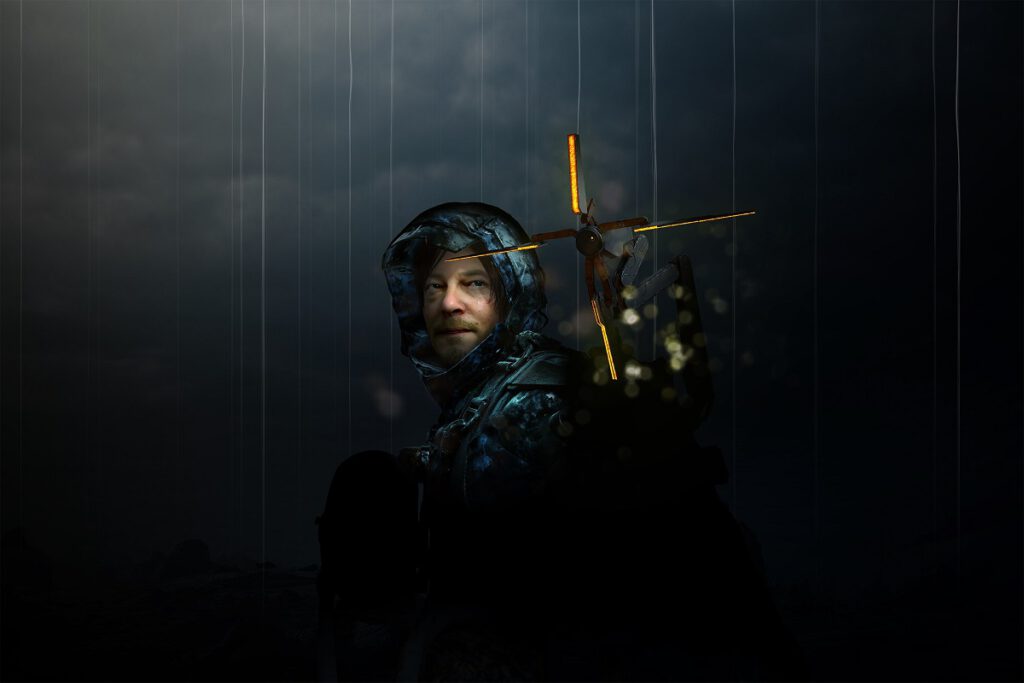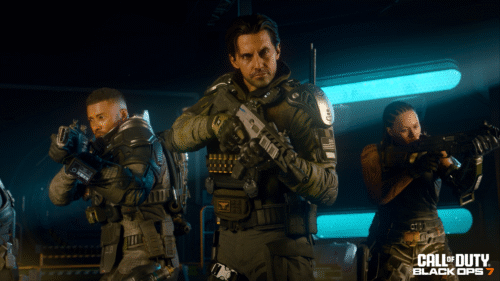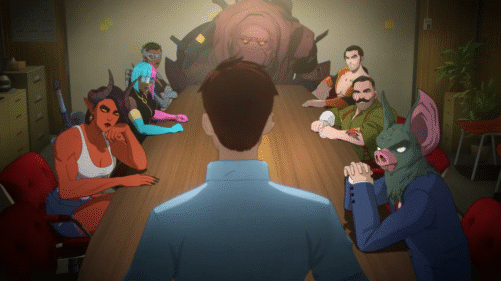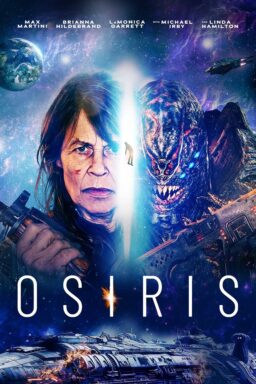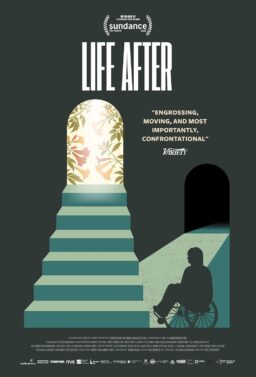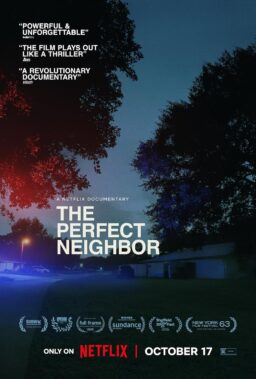Hideo Kojima makes video games like David Lynch makes movies. Traditional restrictions of the genre are out the window, and you can expect an experience that incorporates other mediums in ways that most people ignore. Just as Lynch uses unexpected sound design and borrows from modern and performance art, Kojima makes games that are clearly deeply inspired by the world of filmmaking. Here at RogerEbert.com, we try to look at where the creative paths of video games intersect with the storytelling structure of cinema, and there’s no better example of the two intertwining in 2019 than Sony’s “Death Stranding,” the long-awaited game from Kojima, a man whose Twitter bio reads, “70% of my body is made of movies.” And yet while his latest creation features an ensemble that would impress on a movie poster, Kojima also delivers something that film cannot, making a game that is ultimately about connections.
And walking. The charge against “Death Stranding” even before it was released was that it’s a glorified “walking simulator,” and there’s a bit of truth to this, even if it’s more often used as a snarky way to ignore the game’s ambition. In a world that has been largely destroyed and disconnected, you take on the role of a porter named Sam Bridges, played by Norman Reedus. And this is not your typical game in which “played by” is more akin to voice work for an animated film. The cast of “Death Stranding” looks and sounds like something closer to a Robert Zemeckis mo-cap film than a traditional game. For example, Guillermo del Toro plays a character named Deadman, who looks and sounds like Guillermo del Toro. It’s not like del Toro voicing an alien creature. It’s an ensemble cast, and also includes Lea Seydoux, Mads Mikkelsen, Margaret Qualley, Lindsay Wagner, and Nicolas Winding Refn, with cameos by a diverse array of Kojima friends, including Edgar Wright and Conan O’Brien.

So, what’s it about? Stick with me here. The future is largely abandoned and disconnected. The first thing you notice while playing “Death Stranding” is how empty this universe feels. Most games clutter the screen with imagery and, typically, enemies to defeat, but there’s something melancholy about the vast loneliness of “Death Stranding.” Even when your character does communicate with other people, it’s often electronically through holograms. It adds to the sense that you are truly alone in this world, and it enhances the emotional power of your purpose—to reconnect people, and not just in the world of game but in the world of people playing it too.
The world of “Death Stranding” is vacant because of an event that gives the game its title, an apocalyptic reckoning of sorts that opened some a type of portal that blurred the line between life and death. Invisible creatures known as BTs (not my initials but “Beached Things”) roam the land, destroying anything in their sight. As Sam, you have to navigate avoiding these creatures and the rocky terrain around them to deliver packages from one place to another, picking up lost cargo along the way and connecting outposts in this damaged world. The BTs are heralded by ‘Timefall,’ which is basically rain that damages your cargo and can turn parts of “Death Stranding” into a stealth game (the genre Kojima revolutionized with “Metal Gear Solid.”) You have a suit that can detect their presence and scan the environment for difficult terrain and lost cargo.

Although you should not get the impression that this is in any way an action-driven experience. For the most part, you’re on your own, and will work more to balance the weight on your back than anything else. The more you carry, the harder it is to balance, using the L2/R2 buttons to shift weight as you traverse a rocky, windy, dangerous landscape. You will have tools like ladders and grappling hooks, but it’s no lie to say that you’ll spend hours of this experience walking. Some have derided this as an elaborate series of ‘fetch quests’ (the term for missions in games in which you have to go get one thing from point A and take it to point B) but it’s no exaggeration to say that “Death Stranding” is trying to reconfigure how you approach traditional gaming. Look elsewhere for action—I was startled the first time an enemy known as a MULE needed to be defeated because I wasn’t expecting that—and take in everything else that “Death Stranding” is doing, including the brilliant design of its world, the effective soundtrack (by Chvrches, Low Roar, and more), and the nearly philosophical approach to movement and connection.
That latter theme becomes more relevant as you connect outposts, which allows you to see structures and signs left for you by other players. For example, at one point, you trudge over a windy mountain from one outpost to a wind farm, nearly dying several times with the heavy cargo on your back. After it’s connected, bridges and ladders left by other players are there to guide you home again. Kojima’s made a game that feels like it’s about isolation at first but it’s really about how games and social networks unite us more than they divide us. Each chapter feels like it connects you to more players, so as the story’s world opens so does the inter-connectivity of the experience. It’s a brilliant way to replicate the game’s themes within its gameplay—connecting you to other players as the world within the game becomes more connected too.

However, the criticisms that “Death Stranding” is repetitive and bloated aren’t impossible to understand. It’s a game that requires a great deal of patience for doing the same thing over and over, and for the minutiae of detail that often comes with RPGs like this one. It doesn’t hold your hand, and gets notably more complicated as you have to balance more difficult cargo and build structures. It’s also an epic experience, clocking in at 40+ hours even for quick players and closer to 100 for those who want to take their time and explore this world. It’s for players committed to the aesthetic and gameplay, but, just like Lynch, not everything needs to be easily digestible in art. Some films and some games should challenge your expectations and what you expect from them. “Death Stranding” is undeniably one of those experiences. Love it or hate it, it is one of the most fascinating games of the PS4 generation. Kojima may be 70% movies but he’s again using that love for cinema to change the way we appreciate video games.

